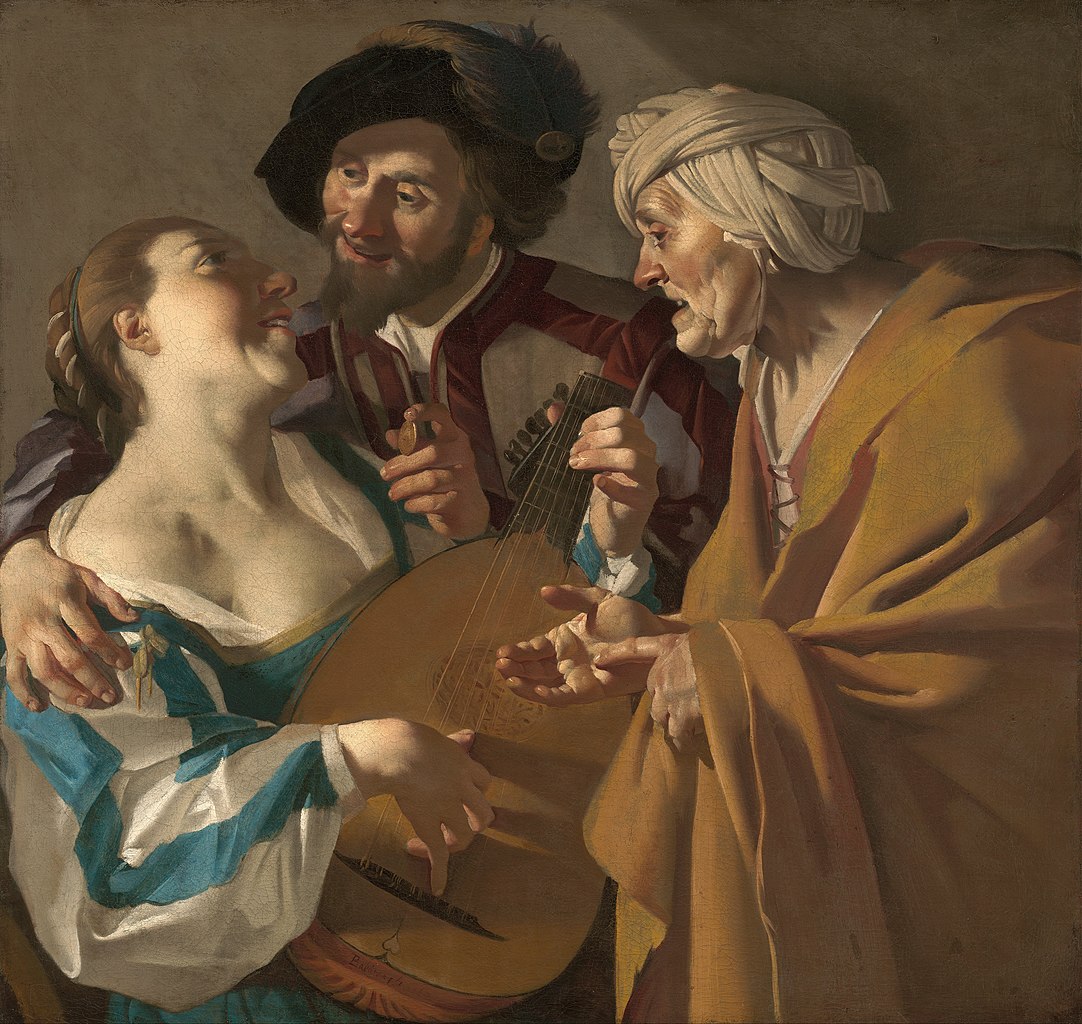Utrecht Guild of Saint Luke

Utrecht Guild of Saint Luke
The Utrecht Guild of Saint Luke was a collective of artists and craftsmen in the Dutch city of Utrecht, known for its significant contribution to the art culture of the region. Originating from the medieval period, the guild comprised two distinct groups: the older Catholic Zadelaarsgilde (Saddler's Guild) and the newer Sint Lucas Gilde, established in 1611 following the Protestant Reformation. The Zadelaarsgilde catered to various trades linked to the art industry, including painters, sculptors, book illustrators, and bookbinders, while the Sint Lucas Gilde was specifically founded for visual artists.
The guild played a crucial role in Utrecht's art scene, especially during the Middle Ages when the city was a significant religious and artistic center in the Northern Netherlands. Membership in the guild was necessary for artists to sell their works, reflecting the importance of such collectives in regulating and promoting the arts. Notable members included artists like Abraham Bloemaert, Joachim Antonisz. Wtewael, and many others who contributed to the rich artistic heritage of the region.
The guild underwent several transformations over the centuries. In the 17th century, the oil painters reorganized under Abraham Bloemaert into the Sint Lukasgilde. By 1717, the guild evolved into a society, focusing more on running the drawing school Stadstekenacademie. Today, it exists as the Painting and Drawing Society "Kunstliefde," meaning "love of art," where members continue to celebrate the artistic traditions of the past.
For art collectors and enthusiasts, understanding the Utrecht Guild of Saint Luke offers insights into the historical development of art and the organization of artists in early modern Europe. Its legacy can be seen in the works of its members, many of which are displayed in museums and galleries around the world.
If you're interested in staying updated on sales and auction events related to the Utrecht Guild of Saint Luke and its artistic heritage, consider signing up for our newsletter. This subscription will keep you informed about the latest developments and opportunities to acquire pieces linked to this rich artistic tradition.
| Country: | Europe, The Netherlands |
|---|---|
| Start of the period: | 1611 |